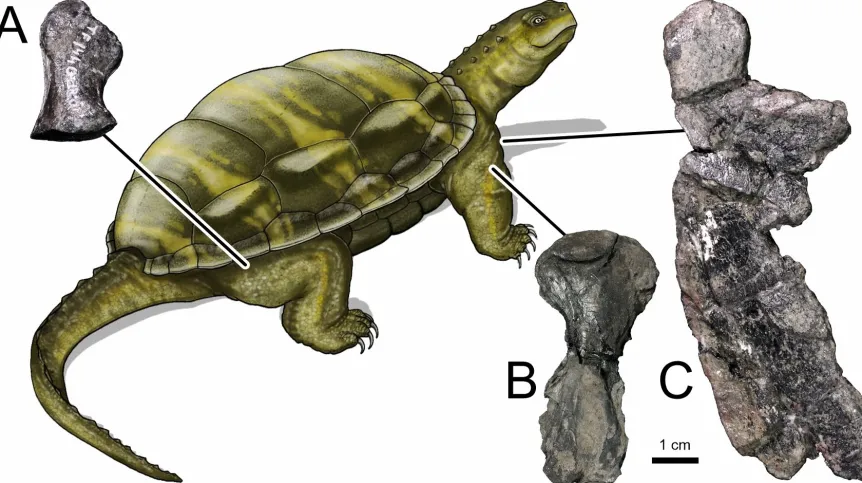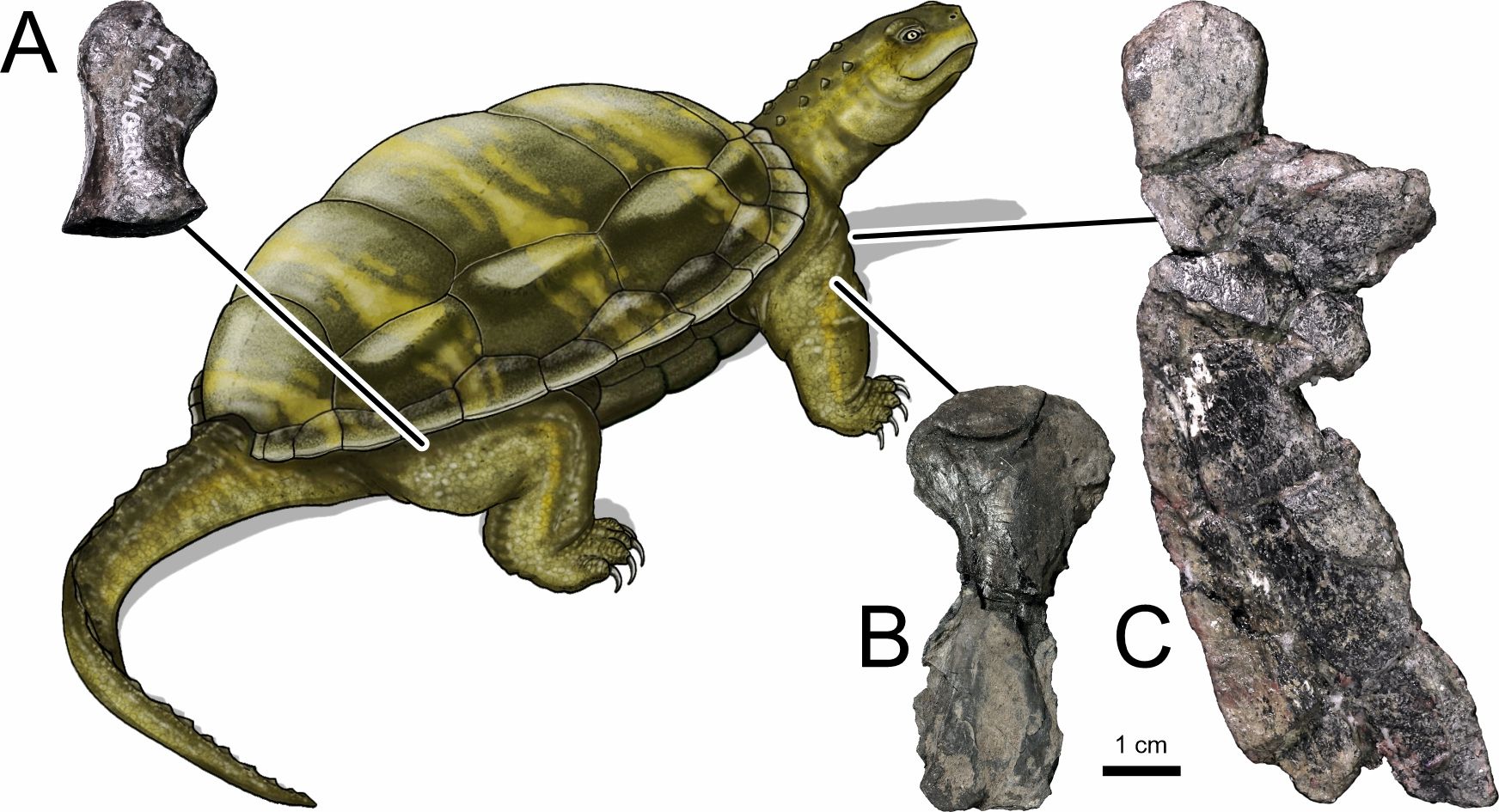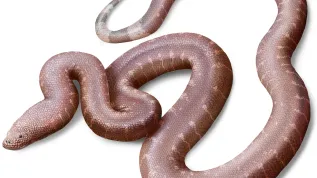
The turtle that lived around 215 million years ago in what is now Thailand did not belong to a previously known genus.. It is a proof of a greater diversity of early representatives of this group than previously assumed, demonstrate palaeontologists, including researchers from the Institute of Paleobiology of the Polish Academy of Sciences. The reptile had relatives in Poland.
The Triassic was the oldest period of the Mesozoic, between 251 and 201 million years ago. It is divided into three periods: early (i.e. 'just' before the Permian extinction), middle and late. 'It was in the Triassic that many groups of tetrapods that we know today began to appear. Turtles are one of these groups. Although in this case, these are actually species that we can classify as turtles, but they do not yet represent any of the groups living today. We call them the evolutionary trunk', says Tomasz Szczygielski, PhD, from the Institute of Paleobiology of the Polish Academy of Sciences.
According to the researcher, there were three groups of turtles in the Triassic: Proganochelyidae, Proterochersidae and Australochelyidae (the latter known from the Triassic only from the area of present-day Argentina). Until now, it was believed that the first two families were represented by two main genera: Proganochelys and Proterochersis. 'Now it turns out that there were more genera, and early turtles were much more diverse', Tomasz Szczygielski adds.
In the Late Triassic, turtles had already spread all over the globe, but only one species from the eastern part of the supercontinent Pangaea has been described: Proganochelys ruchae from Thailand. This turtle lived around 215-210 million years ago, it is possible that it was amphibious, and most likely small, from a dozen to several dozen centimetres long.
The palaeontologist who specialises in Triassic turtles decided to take a closer look at its specimens, previously described in the 1980s. 'Research on historical and previously unpublished material stored at the Museum of Natural History in Paris, taking into account new data, has shown that the Thai species does not belong to the genus Proganochelys, which occurs exclusively in present-day Europe, but to a new genus, Thaichelys ('Thai turtle'), from the group Proterochersidae', says the first author of the paper on the subject, which appeared in the journal PLOS One.
'The turtle from Thailand had a mosaic of anatomical features observed in other known genera. Therefore, we are seeing an image of the original representative of this evolutionary line, perhaps even an image of one of the most primitive ones, still having a set of primitive traits, not fully advanced. Our analyses have shown that Triassic turtles 'experimented' with various adaptations and that these were not just the 2-3 main genera that evolved linearly and were immediately successful, but there were many trials and errors, many evolutionary branches developed, some of which survived into the Jurassic, and the rest became extinct at the end of the Triassic', Tomasz Szczygielski explains.
He adds that the results expand knowledge not only about the evolution of turtles, but also about the evolution of ecosystems in the Triassic in general.
JAccording to Tomasz Szczygielski, research on Triassic turtles was considered niche until recently; there were also few finds from palaeontological sites. 'The oldest scientific publications presenting Triassic turtles were created at the turn of the 20th century. The next ones are from the end of the 20th century, but groundbreaking reports began to appear only in our, 21st century, among other things due to the development of 3D fossil scanning technology. Many issues have already been clarified, but many still remain a mystery, e.g. what environmental preferences did individual species have, since sometimes even in neighbouring, equally old sites turtles occur either en masse or not at all', he says.
The researcher also points out that the 'Polish' Triassic turtle, whose remains were first described in 2012, was closely related to the turtle from Thailand. This is a previously unknown species, called Proterochersis porebensis, which loosely translates to 'primeval turtle from Poręba' (its remains were discovered in Poręba near Zawiercie).

Tomasz Szczygielski, one of the discoverers of this new species, reminds that these are some of the oldest turtles in the world, living 215 million years ago in the area of today's Silesian Voivodeship. They were about a meter long and were probably omnivorous and amphibious.
When asked whether today's turtles come from the Triassic evolutionary lines, the paleontologist says that although they are related within one evolutionary group, it is a completely different branch that emerged only at the end of the Jurassic (about 160 million years ago).
PAP - Science in Poland, Agnieszka Kliks-Pudlik (PAP)
akp/ bar/ mhr/













